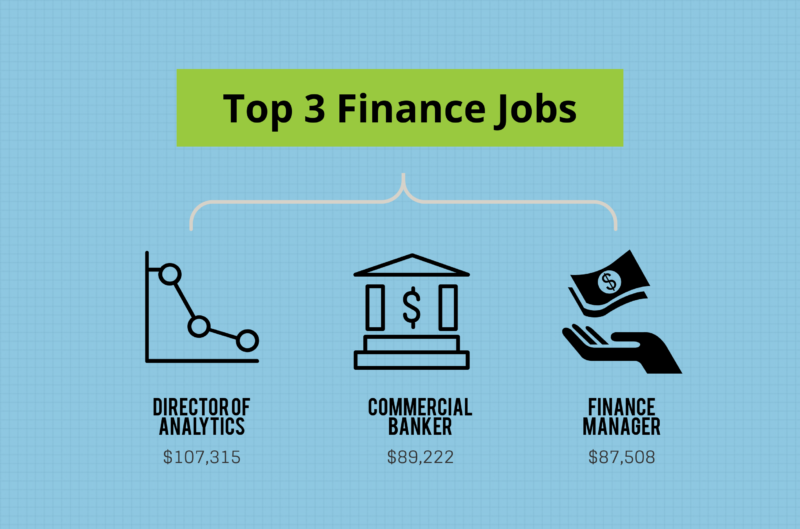Where this is not real, an arbitrageur could likewise short offer the overpriced instrument, and utilize the proceeds to acquire the properly priced instrument, pocket the difference, and then use payments created to service the instrument which he is short. While principal payments are not exchanged in an interest rate swap, assuming that these are gotten and paid at the end of the swap does not alter its value. Hence, from the point of view of the floating-rate payer, a swap is equivalent to a long position in a fixed-rate bond (i. e. getting set interest payments), and a brief position in a floating rate note (i.
making floating interest payments): V s w a p = B f i x e d B f l o a t i n g \ displaystyle V _ \ mathrm swap =B _ \ mathrm repaired -B _ \ mathrm floating \, From the viewpoint of the fixed-rate payer, the swap can be considered as having the opposite positions. That is, V s w a p = B f l o a t i n g B f i x e d \ displaystyle V _ \ mathrm swap =B _ \ mathrm floating -B _ \ mathrm repaired \, Similarly, currency swaps can be considered having positions in bonds whose cash flows correspond to those in the swap.
One-month LIBOR is the rate provided for 1-month deposits, 3-month LIBOR for 3 months deposits, etc. LIBOR rates are identified by trading in between banks and alter continuously as economic conditions alter. Just like the prime rate of interest priced quote in the domestic market, LIBOR is a recommendation rate of interest in the global market. Saunders, A.; Cornett, M. (2006 ). Financial Institutions Management. Mc, Graw-Hill Irwin. [] Financial Market Service Ontology Variation 2, Annex D: Derivatives, EDM Council, Inc., Things Management Group, Inc., 2019 " What is a swap?". Investopedia. Obtained 14 October 2017. John C Hull, Options, Futures and Other Derivatives (sixth edition), New Jersey: Prentice Hall, 2006, 149 " Comprehending Derivatives: Markets and Facilities - Federal Reserve Bank of Chicago".
org. Retrieved 23 September 2017. Ross; Westerfield & Jordan (2010 ). Fundamentals of Business Financing (9th ed.). Mc, Graw Hill. p. 746. " OTC derivatives statistics at end-June 2017". www. bis.org. 2017-11-02. Recovered 2018-07-16. " Swaps Execution Facilities (SEFs)". U.S. Commodity Futures Trading Commission. Recovered 9 December 2019. " Data Repositories". U.S. Commodity Futures Trading Commission. Recovered 9 December 2019. " Bloomberg Launches Its Swap Data Repository". Bloomberg. Recovered 9 December 2019. " CME Swap Data Repository". " Exchange for Swaps". Eurex Exchange. Recovered 8 December 2019. Khwaja, Amir. " 2018 SEF Market Share Statistics". Clarus, FT. Retrieved 9 December 2019. " Intermediaries". U.S. Commodities Futures Trading Commission. Recovered 8 December 2019.
( 1997 ). " Why firms utilize currency derivatives". Journal of Financing. 52 (4 ): 13231354. doi:10. 1111/j. 1540-6261. 1997. tb01112. x. Goswami, G.; Nam, J.; Shrikhande, M. (2004 ). "Why do worldwide firms use currency swaps?: Theory and evidence". Journal of Multinational Financial Management. 14 (45 ): 315334. doi:10. 1016/j. mulfin. 2004. Look at more info 03.003. How to finance an engagement ring. Li, H.; Mao, C. (2003 ). "Business usage of rate of interest swaps: Theory and proof". Journal of Banking & Financing. 27 (8 ): 15111538. doi:10. 1016/S0378 -4266( 02 )00275-3. " Financial Industry Service Ontology" Variation 2, Annex D: Derivatives, EDM Council, Inc., Item Management Group, Inc., 2019 " How Liquid Is the Inflation Swap Market?" Michael J. Fleming and John Sporn, 2013 Frank J.

Derivatives agreements can be divided into 2 basic households: 1. Contingent claims (e. g., alternatives) 2. Forward claims, which consist of exchange-traded futures, forward contracts, and swaps A swap is an agreement in between two celebrations to exchange sequences of capital for a set amount of time. Generally, at the time the contract is initiated, a minimum of among these series of capital is identified by a random or unpredictable variable, such as a rates of interest, foreign exchange rate, equity cost, or commodity rate. Conceptually, one may see a swap as either a portfolio of forward agreements or as a long position in one bond paired with a short position in another bond.
In financing, a swap is a derivative contract in which one celebration exchanges or swaps the values or cash circulations of one property for another. Of the 2 cash flows, one value is fixed and one varies and based upon an index price, interest rate, or currency exchange rate. Swaps are customized agreements sold the over-the-counter (OTC) market privately, versus choices and futures traded on a public exchange. The plain vanilla rate of interest and currency swaps are the 2 most common and fundamental types of swaps. Unlike many standardized alternatives and futures contracts, swaps are not exchange-traded instruments.
Some Of How To Finance Building A House

Companies and banks dominate the swaps market, with few (if any) people ever participating. Since swaps take place on the OTC market, there is constantly the danger of a counterparty defaulting on the swap. The first rates of interest swap occurred between IBM and the World Bank in 1981. However, regardless of their relative youth, swaps https://scienceprog.com/how-new-technologies-are-changing-the-real-estate-market/ have exploded in appeal. In 1987, the International Swaps and Derivatives Association reported that the swaps market had a total notional worth of $865. 6 billion. By mid-2006, this figure surpassed $250 trillion, according to the Bank for International Settlements. That's more than 15 times the size of the U.S.
The most common and most basic swap is a plain vanilla interest rate swap. In this swap, Celebration An accepts pay Celebration B an established, set rate of interest on a notional principal on particular dates for a given amount of time. Simultaneously, Party B consents to make payments based upon a drifting rates of interest to Party A on that same notional principal on the same defined dates for the same given period. In a plain vanilla swap, the two capital are paid in the exact same currency - What does etf stand for in finance. The specified payment dates are called settlement dates, and the times between are called settlement durations.
For instance, on Dec. 31, 2006, Business A and Company B participate in a five-year swap with the following terms: Company A pays Business B a quantity equivalent to 6% per annum on a notional principal of $20 million. Company B pays Company A an amount equivalent to 1 year LIBOR + 1% per year on a notional principal of $20 million. LIBOR, or London Interbank Offered Rate, is the interest rate provided by London banks on deposits made by other banks in the Eurodollar markets. The marketplace for rates of interest swaps regularly (however not always) used LIBOR as the base for the floating rate up until 2020.
For simplicity, let's presume the two parties exchange payments yearly on December 31, starting in 2007 and concluding in 2011. At the end of 2007, Business A will pay Business B $1,200,000 ($ 20,000,000 * 6%). On Dec. 31, 2006, one-year LIBOR was 5. 33%; for that reason, Company B will pay Company A $1,266,000 ($ 20,000,000 * (5. 33% + 1%)). In a plain vanilla interest rate swap, the floating rate is usually identified at the beginning of the settlement period. Normally, swap agreements enable payments to be netted against each other to avoid unnecessary payments. Here, Business B pays $66,000, and Company A pays absolutely nothing.